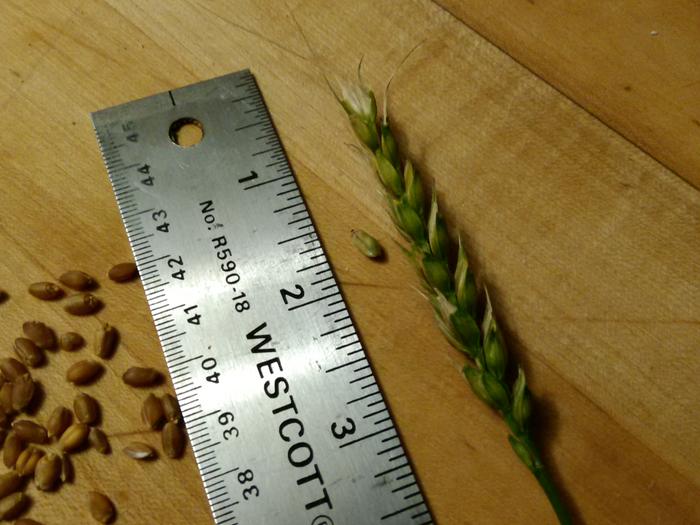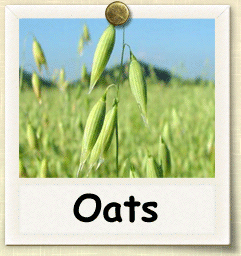
 2
2




















 1
1














 1
1




R Ranson wrote:So what do you think? Looks more and more like wheat to me.





"Never doubt that a small group of thoughtful, committed citizens can change the world; indeed, it's the only thing that ever has."-Margaret Mead "The only thing worse than being blind, is having sight but no vision."-Helen Keller














"Never doubt that a small group of thoughtful, committed citizens can change the world; indeed, it's the only thing that ever has."-Margaret Mead "The only thing worse than being blind, is having sight but no vision."-Helen Keller




“The most important decision we make is whether we believe we live in a friendly or hostile universe.”― Albert Einstein
 2
2




What grain is it?
Why is it almost ready so early in the year - it's not even valentines day yet
Does it have potential to become an early harvest winter grain crop?
How much longer until it finishes ripening?
this was chicken yard last year, so it is possible from the scratch they got? Maybe? Only it's several hundred yards away from where the scratch went.
















 1
1












 1
1




R Ranson wrote:I'm wondering about inbreeding depression... Is it an issue with grain?










 1
1




I didn't see anything in September when we prepped the area and planted our fall grain. But I think it must have been growing before then
"Never doubt that a small group of thoughtful, committed citizens can change the world; indeed, it's the only thing that ever has."-Margaret Mead "The only thing worse than being blind, is having sight but no vision."-Helen Keller
 1
1





 1
1




List of Bryant RedHawk's Epic Soil Series Threads We love visitors, that's why we live in a secluded cabin deep in the woods. "Buzzard's Roost (Asnikiye Heca) Farm." Promoting permaculture to save our planet.

 1
1




Hans Albert Quistorff, LMT projects on permies Hans Massage Qberry Farm magnet therapy gmail hquistorff
 1
1








r ranson wrote:It's amazing what you can find by looking.
Today I was walking my new field, checking up on my fall rye which is nearly as tall as my big toe. When suddenly, next to the fence, something caught my eye.





|
She still doesn't approve of my superhero lifestyle. Or this shameless plug:
The new purple deck of permaculture playing cards
https://www.kickstarter.com/projects/paulwheaton/garden-cards
|






